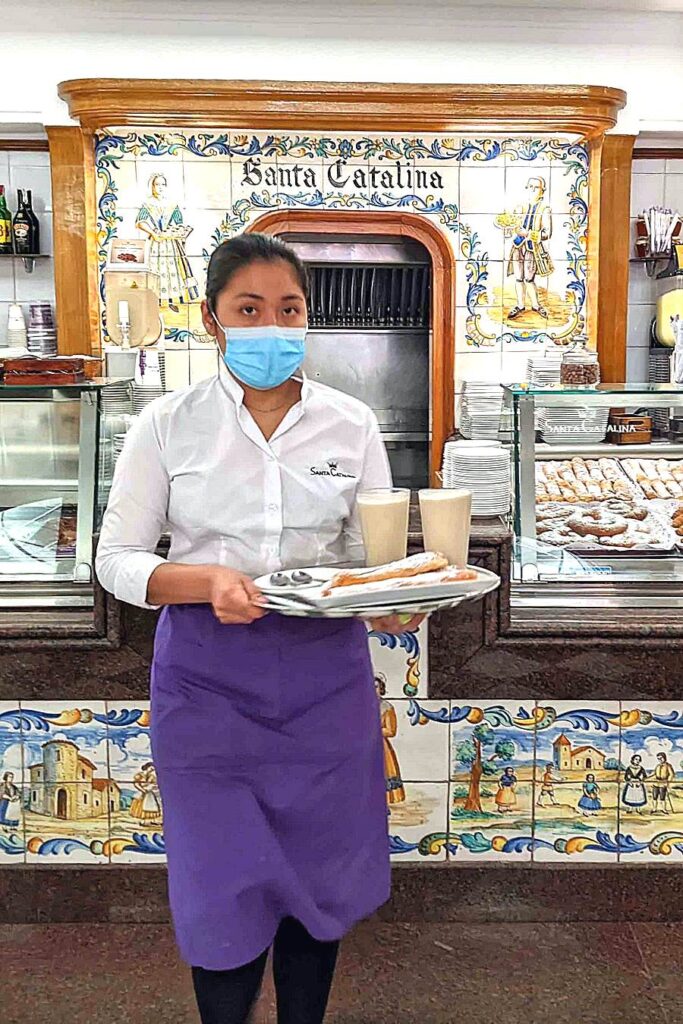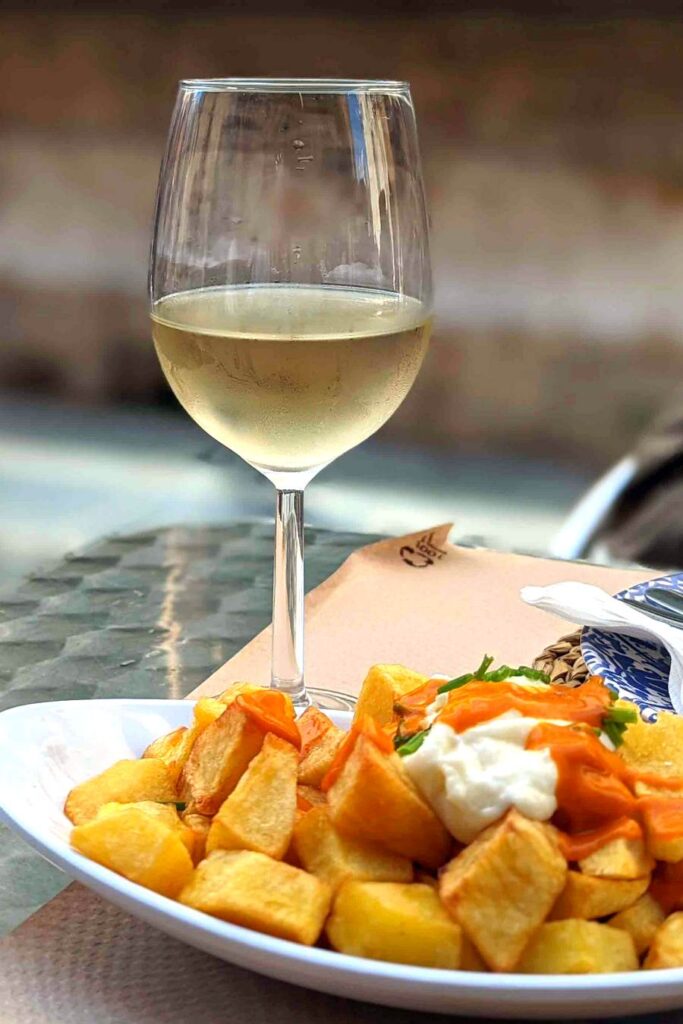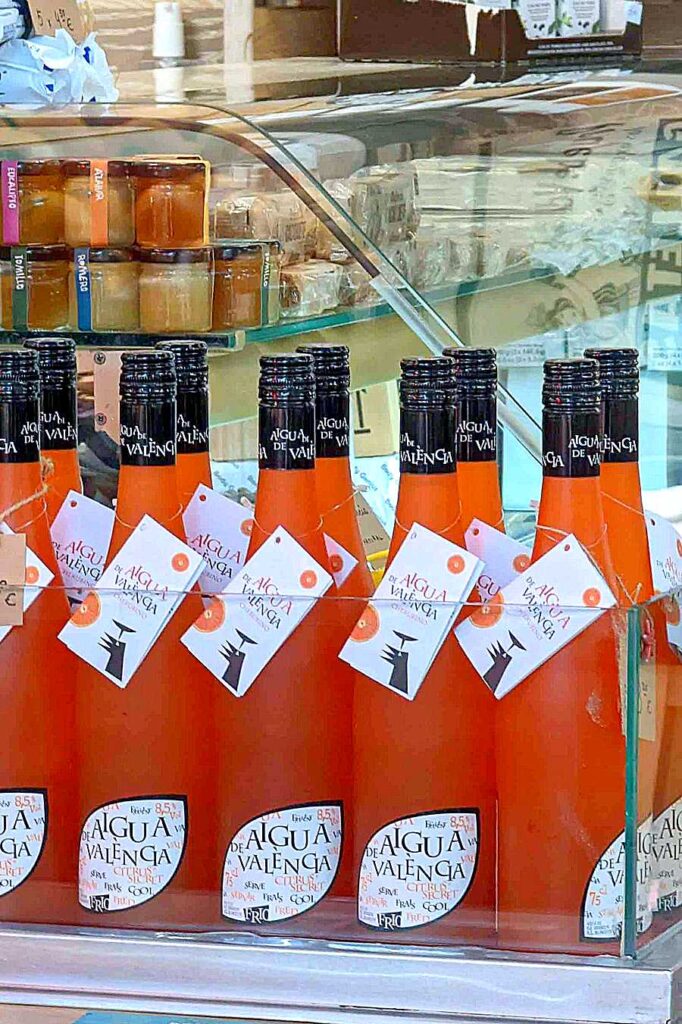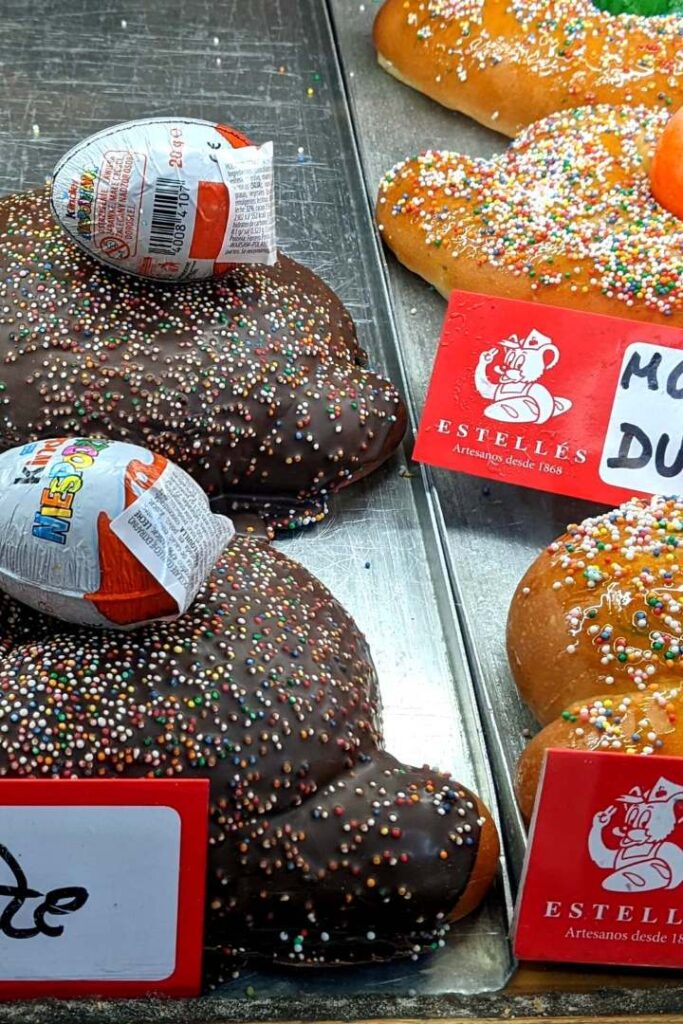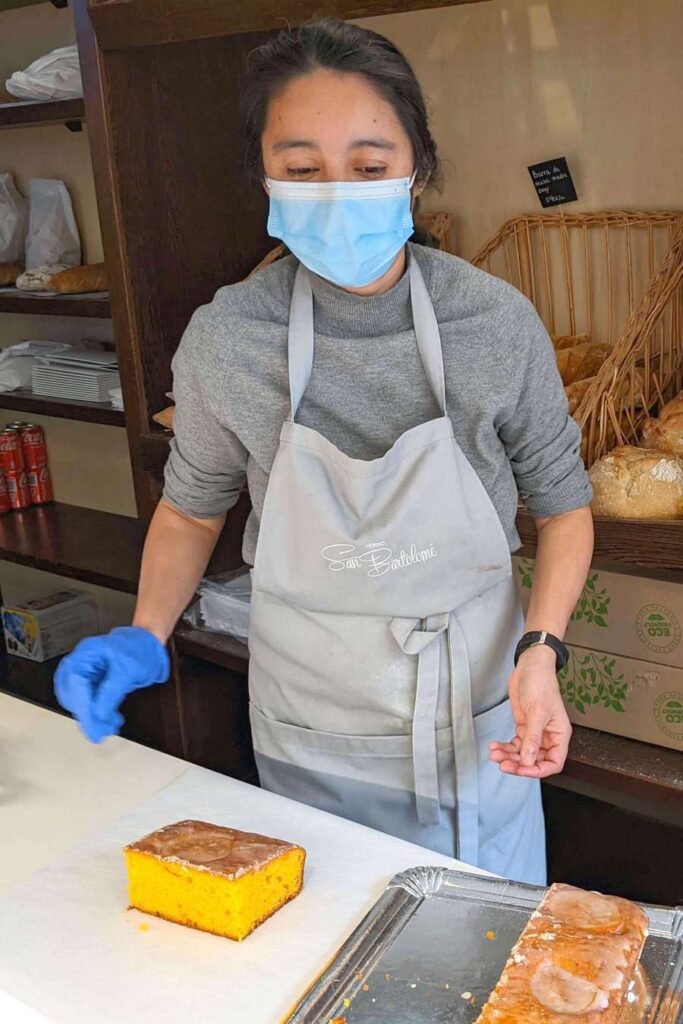
Cake celebrates a signature taste of Valencia
The whole idea of a Valencian orange is confusing. The area around Valencia boasts a staggering number of orange orchards. Most of the trees bear sweet oranges, but not what is called a Valencia orange in the U.S. That would be a creation of William Wolfskill, an agronomist who hybridized the juice orange in the mid-19th century. He called it Valencia because the oranges of that part of Spain were famously sweet. Of course, they were sweet. They were what we now call mandarin oranges. And most of the citrus varieties grown in Valencia today are mandarins or one of the many mandarin-pomelo crosses. Orange remains one of the signature flavors of Valencian cuisine. Fresh oranges appear throughout the meal from an orange-onion salad to...Read More


